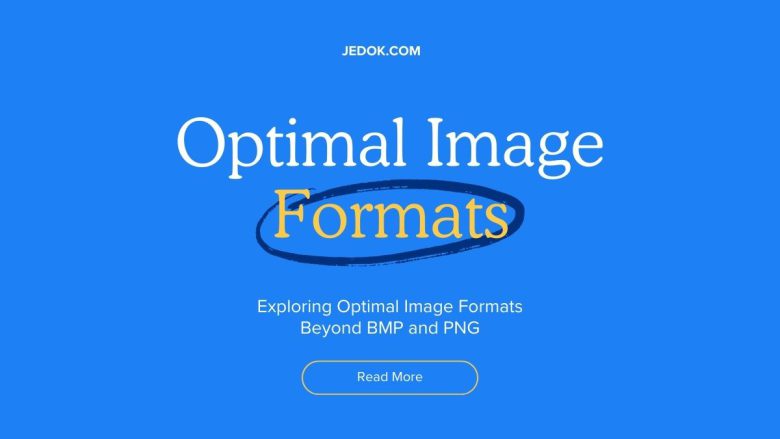
Images are important in digital geography. They make websites, blogs, and social media attractive and colorful. When it comes to choosing the right image format, many forget the familiar BMP (Bitmap) and PNG (Portable Network Graphics) formats. These formats have their charms. However, the ever-changing digital world offers many options. They can provide better value, quality, and effectiveness. In this blog post, we’ll cover some good image formats. They go beyond BMP and PNG. We’ll explore their features, advantages, and stylish uses.
1. JPEG (Joint Photographic Experts Group):
JPEG is one of the most used image formats on the internet. It is known for its good compression algorithm. It’s ideal for photos and complex images with slants. It can greatly reduce file size without hurting quality. JPEG is still lossy. It compresses images by discarding some data. This can lead to a loss of quality, especially with repeated compression. JPEG isn’t suitable for images with translucency, similar to ensigns or icons, as it doesn’t support nascent channels.
2. WebP:
Google developed WebP. It is a modern image format. It is designed to have better compression and quality than JPEG and PNG. This makes it useful for many types of images. WebP images are generally smaller than JPEG and PNG images. They load faster on the web. WebP offers emotional features. But its use is not as wide as other formats. This can cause issues with certain users and platforms.
3. GIF (Graphics Interchange Format):
GIF is a bitmap image format known for its support for robustness and translucency. It uses lossless contraction. This makes it good for images with textbooks or simple plates that have crisp edges. GIFs are robust and consist of multiple frames. They are played in sequence, which makes them perfect for short, looping animations. They are widely used in memes and social media. Still, GIFs have limits on color depth and file size. They often need larger file sizes than key formats for still images.
4. SVG (Scalable Vector Graphics):
Unlike JPEG and PNG, which are based on bitmaps, SVG is based on XML. It defines images using vectors, not pixels. SVG images are resolution-independent. You can scale them infinitely without losing quality. This makes them ideal for responsive web design. They’re great for ensigns, icons, and illustrations. The pictures are clear and colorful. SVG also supports interactivity and motion through CSS and JavaScript. They add life to web images.
5. HEIF (High-Efficiency Image Format):
HEIF is a fairly new image format developed by the MPEG group, offering advanced contraction and features. It can store single images and image sequences. For example, bursts or live prints. It supports fresh data like depth charts and multiple exposures. HEIF generally makes smaller files than JPEG. It maintains similar or better image quality. This makes it an attractive option for photographers and content creators. Relinquishing HEIF is still in progress. It has limited support across platforms and is biased.
Conclusion:
BMP and PNG have been the go-to image formats for a long time. But the digital world is changing. It now offers many options that have better compression, quality, and features. From the ubiquitous JPEG to the cutting-edge HEIF, each format has its strengths and ideal use cases. By knowing the traits and abilities of these best image formats, creators can make informed choices. These choices will improve the look of their digital content and make it work well on many platforms.


